VRS DirectForce Pro Wheel Base – Review
VRS has been known primarily for its Virtual Racing School for a while now. With the VRS DirectForce Pro Wheel base, the American company has also been active on the hardware market since 2020. The currently very popular wheelbase is equipped with a 20 Newton-meter motor and is available for 899 Euros.
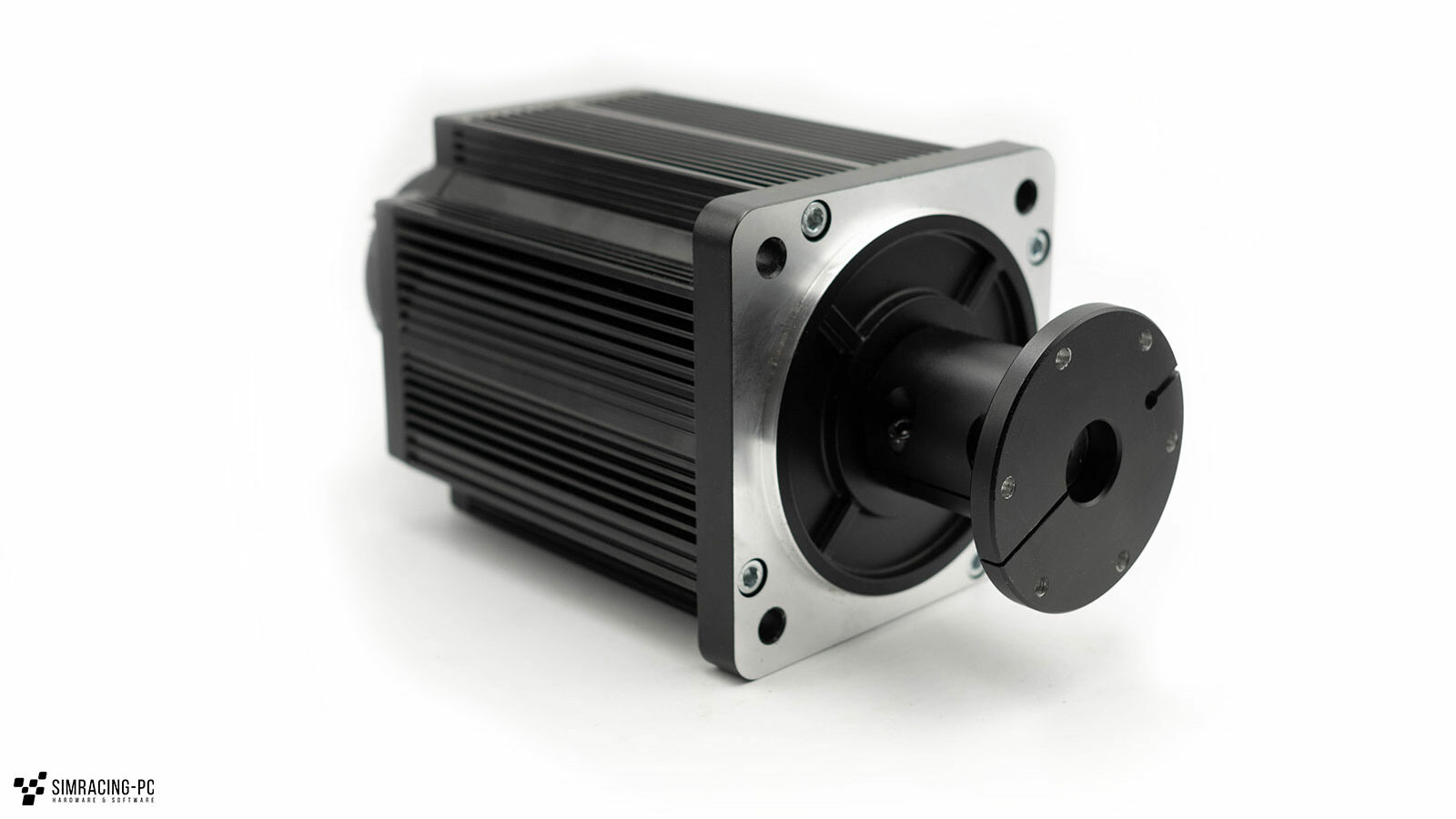
Order and shipping
The base can currently be purchased from a variety of stores and is usually offered for 899€. You can also buy the base from VRS itself. Shipping within the EU is done from Ireland, so there are no additional customs fees, but the shipping costs to e.g. Germany are over 50€. Buying from one of the numerous resellers is therefore the cheaper alternative in many cases.
Scope of delivery
- VRS DirectForce Pro-Controller
- Wheelbase
- 3-Meter lange Kabel für die Verbindung zwischen Controller und Base
- 2 Meter langes USB-Kabel.
- AC-Netzkabel
The VRS Motor Shaft Hub Adapter shown in the photos of the base here is not included in the standard scope of delivery and can be purchased additionally for 50€. This is unusual in that currently every Wheelbase is actually delivered with a mostly pre-mounted QR on the side of the base.
Technical data (manufacturer’s specifications)
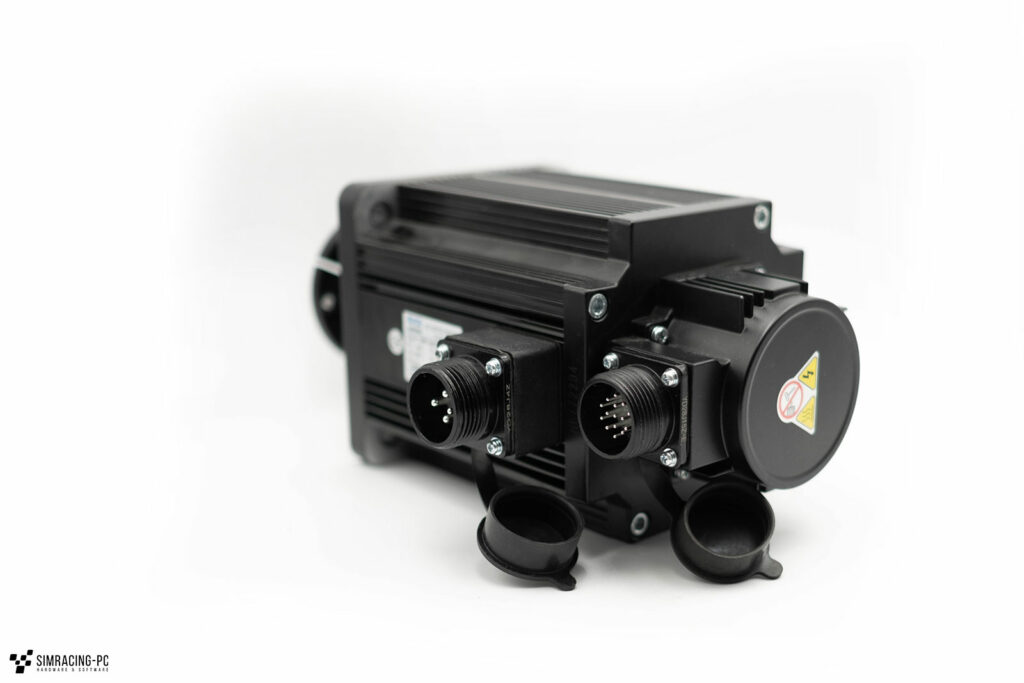
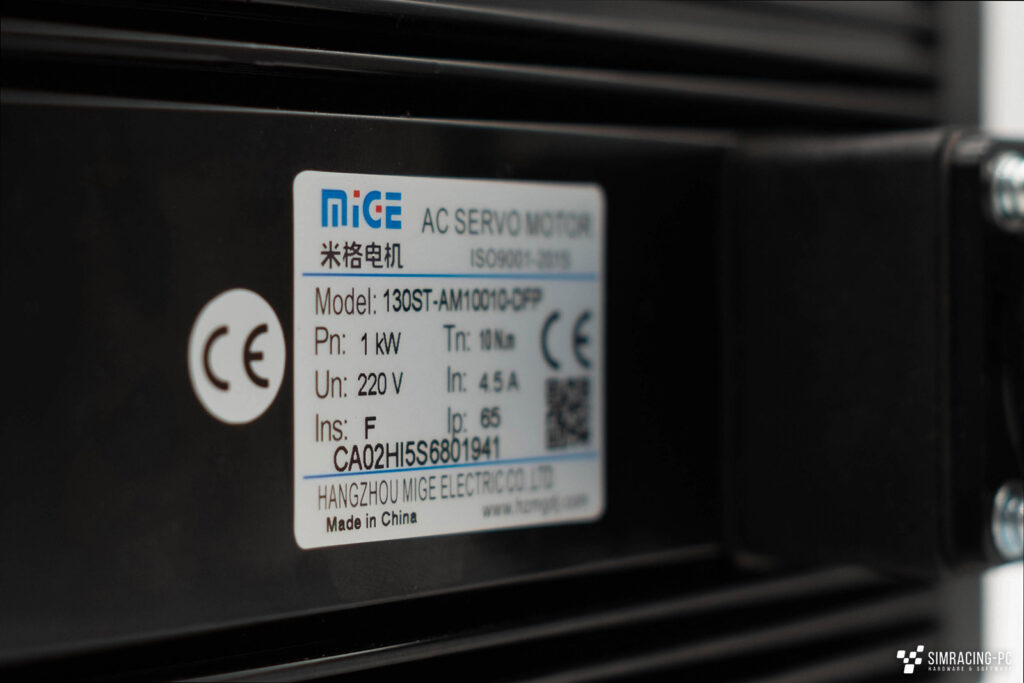
VRS relies on the 130ST AC servo motor, which is known, for example, from many years of use with Simucube. It is characterized by its robustness and failures are known only in absolute isolated cases. To supply the motor with power and to control it (resolution 4.2 million counts per rotation), VRS has developed its own box, which is connected with two thick cables, each three meters long.
- 20Nm MiGE motor
- 22-bit BISS-C encoder 3 meter motor power and encoder cables with double shielding and quality metal connectors
- 3 meter motor power and encoder cables with double shielding and quality metal connectors.
- 2 meter long double-shielded USB cable.
Mounting
The base can be mounted using the four holes on the front with M8 screws. Since there is no mount included with the base, one has the choice of either purchasing the optional mount from VRS (or another manufacturer) or purchasing a compatible front mount. The base can then be mounted via the four M8 screws mentioned.
After that, the two cables between the base and the VRS box as well as the power and USB cables, which are each two meters long, still need to be attached. Due to the size of the box in combination with the two 3 meter long cables between box and base, it can be difficult to hide them depending on the rig.
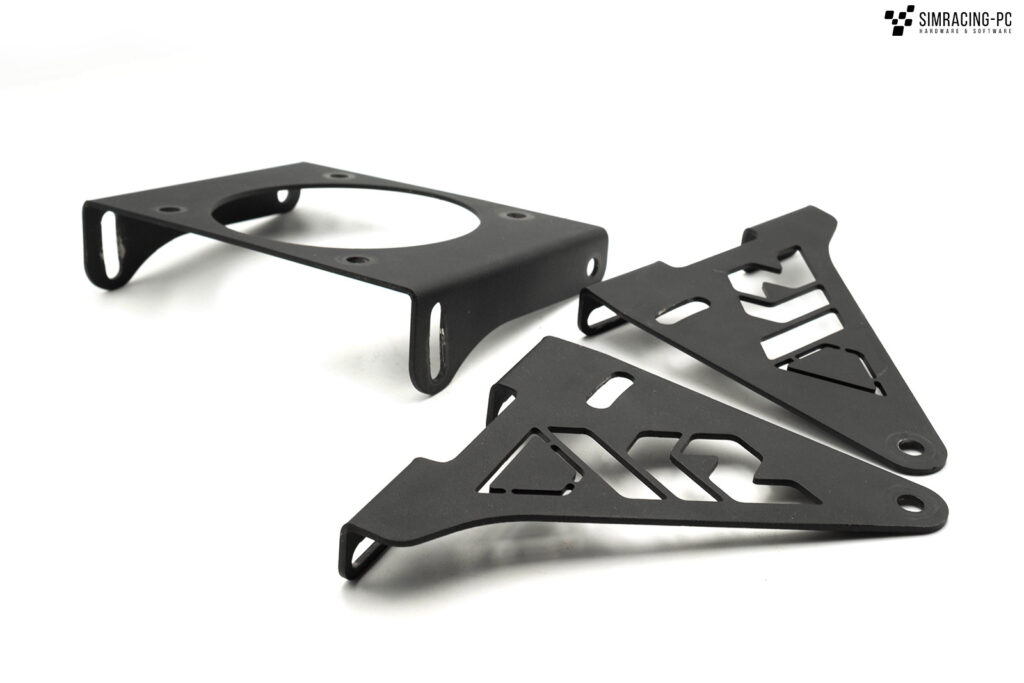
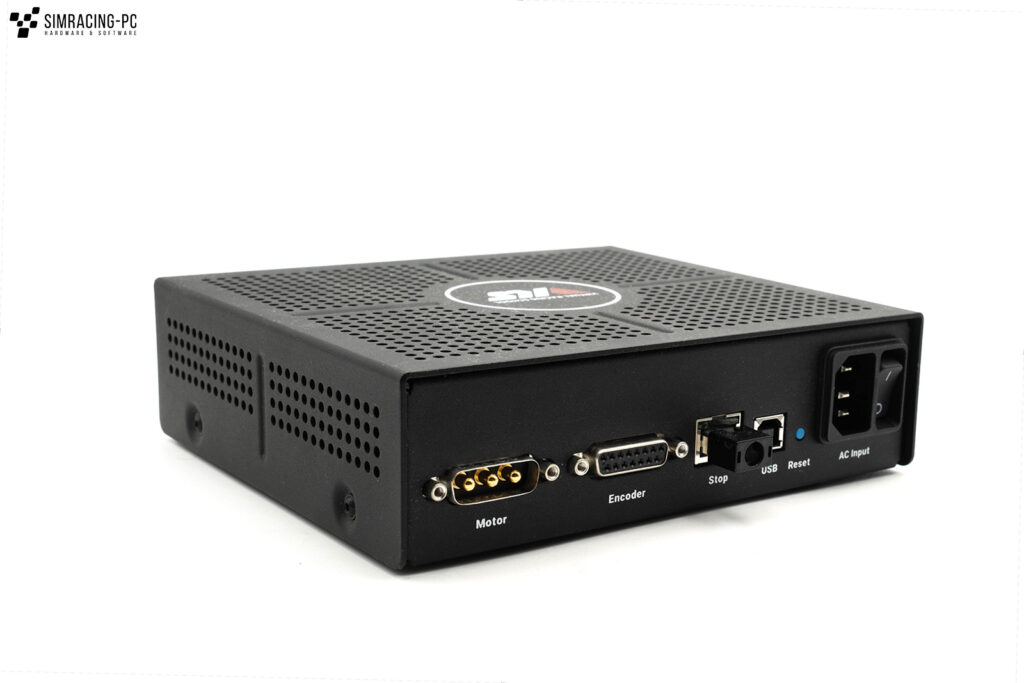
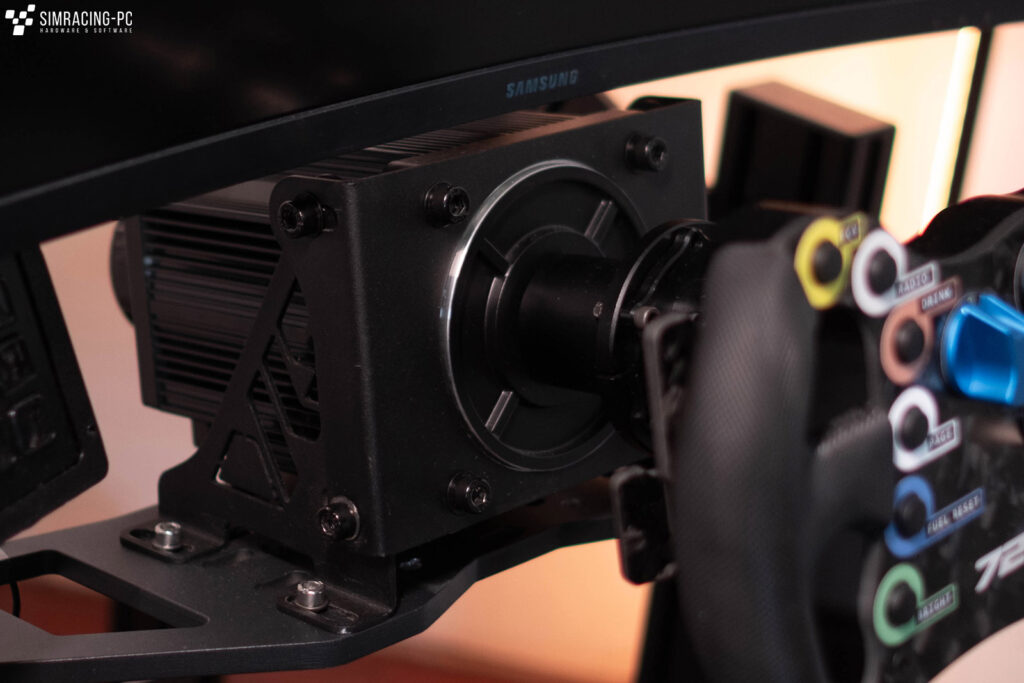
There are basically three options for mounting a steering wheel:
- VRS Motor Shaft Hub Adapter (49€) + QR System:This is screwed onto the shaft of the base and offers a 70 mm bolt pattern. Here, either steering wheels with a matching bolt circle can be screwed on directly or an external QR solution can be used. For this review, the Turn Racing Quick Hub was used, which is available for 45€ (base) + 45€ (wheel).
- VRS Quick Release – Base Side (49€) + Quick Release – Wheel Side (99€): The hub offered by VRS is attached directly to the base, so you can save the VRS Motor Shaft Hub Adapter. However, the system is relatively expensive at €99 per steering wheel.
- SRC Quick Release und ähnliche Lösungen (ab 75€): The alternative QRs are usually attached directly to the base with a clamp and have a bolt pattern of 70 mm or 50.8 mm for direct mounting of steering wheels.
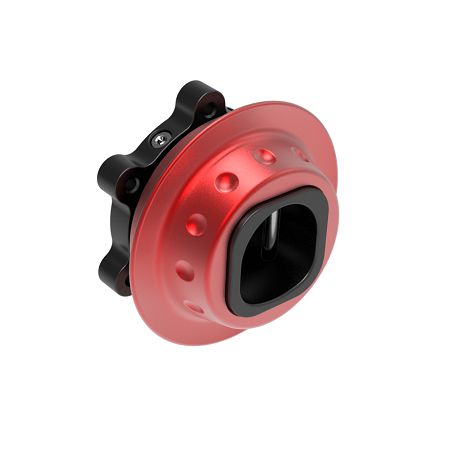
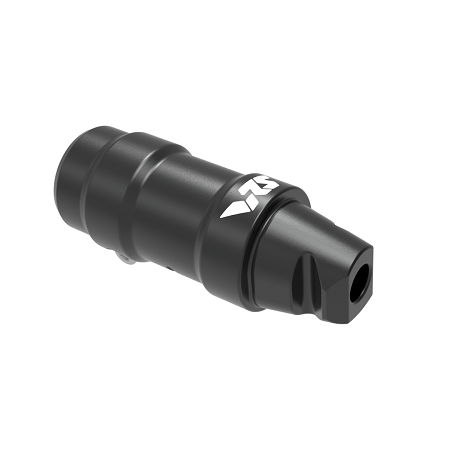
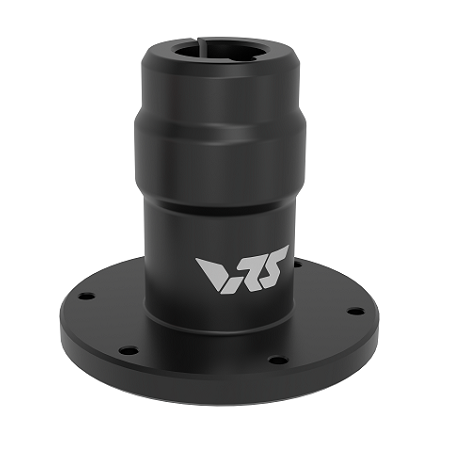
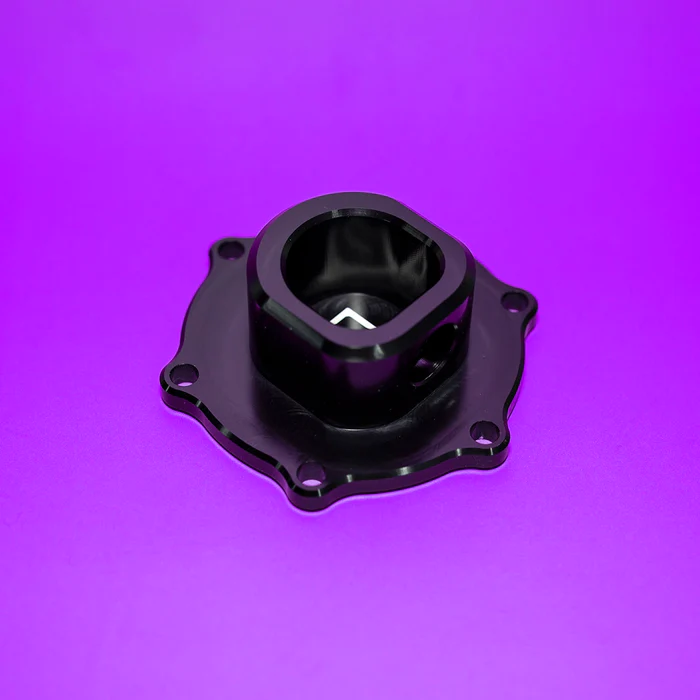
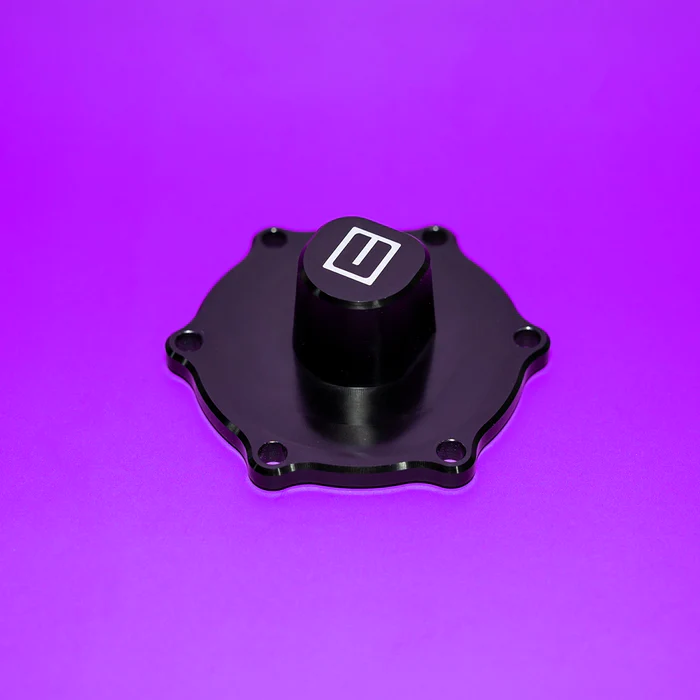
Compatibility
On the one hand, you are very flexible due to the free choice of the QR. On the other hand, you have independent products in the VRS ecosystem, which are rather designed for stand-alone operation, apart from the QR system in combination with the Wheelbase. Thus, the VRS pedals (starting at 597€, test to follow) as well as the VRS Formula Steering Wheel (997€) are connected directly to the PC and not to the Wheelbase. Likewise, there is no wireless power or data transfer from the base to the wheel, and neither the base nor the controller box offer ports for peripherals.
The base is only PC compatible and supports all common simracing titles. For more exotic games or new releases, problems are to be expected in case of doubt. It’s worth taking a look at the VRS Discord server in advance.
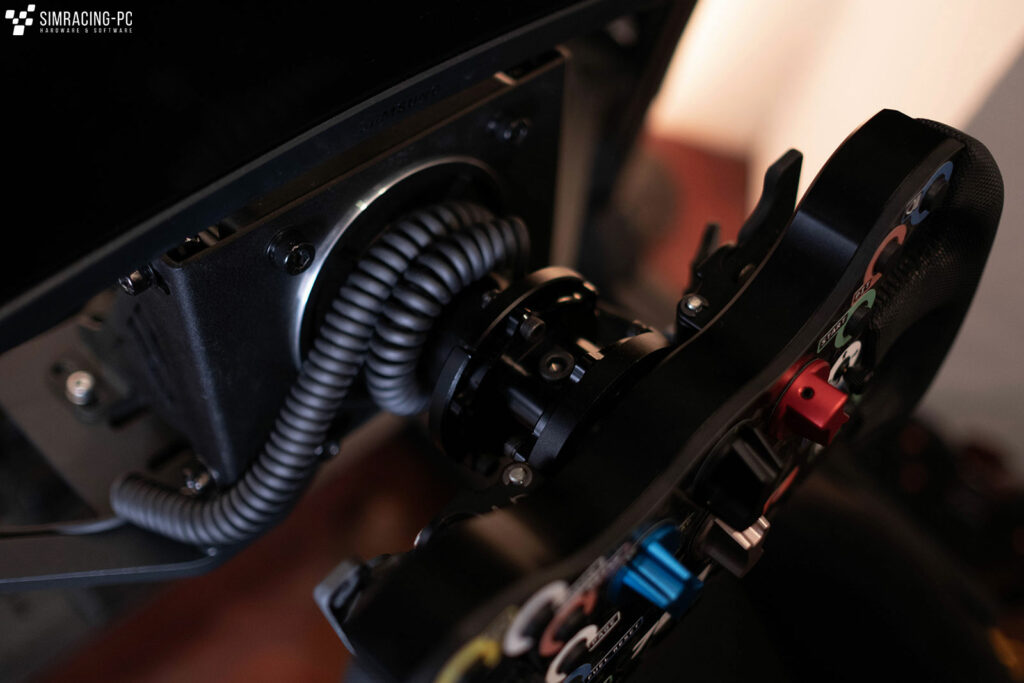
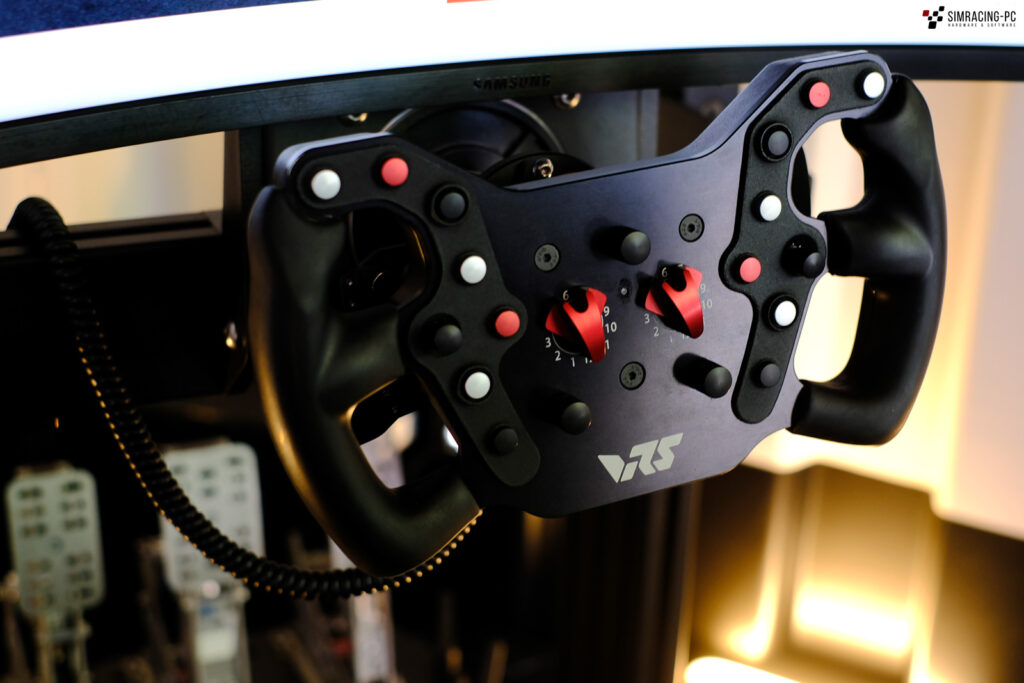
Software
The VRS Base can be managed via the VRS Config Tool on the PC. Even if it looks a bit old-fashioned, it offers everything your heart desires. Maximum rotation and force can be set here as well as the FFB parameters of the wheelbase. For proven profiles, it is also worth taking a look at the Discord server from VRS, since especially beginners can be a bit overwhelmed with the settings at the beginning.




Driving impression – Force Feedback
When it comes to force feedback, the VRS DirectForce Pro Wheel Base is fully convincing. Here, the experience of VRS, which was gained through the cooperation with the e-sports team of Coanda and the many years of simracing activities (especially IRacing), is worth its weight in gold.
Via the parameters in the software, the base can be completely adapted to one’s own needs. In ACC, for example, hardly any damping and no additional effects were set for this review. The force feedback felt very familiar from the first(!) lap and the usual times were reached after less than an hour. The base definitely doesn’t have to hide from Simucube, Fanatec or Asetek here, the differences are at most nuances. If you don’t want to or can’t invest time in your own settings, the Discord server from VRS offers a large selection of usable profiles. Many of them have been adapted over the years and are now very mature.
The 20 Newton meters of the base should be sufficient in every situation almost without restrictions and can be used over the entire range. Even at very high settings (see comparison test – FFB), the base stays cool and there was no throttling of the force feedback even at an insane 32 degrees room temperature during the review.
Conclusion
VRS takes an unusual approach with its DirectForce Pro Wheel Base. The 20 Newton meter strong base offers excellent force feedback at a very good price, but does not attempt to take the user by the hand. It is clearly aimed at experienced sim racers who know exactly what they want and do not need detailed instructions, help or an extensive ecosystem. From the beginning, you have to think about the choice of the QR, the mounting of the base on the rig or even the choice of the appropriate steering wheel. But if you have done these steps, the base offers a very good package and you are very well positioned for the next years. Especially for DIY-enthusiastic sim racers, you can put together a very affordable overall package based on the choice of the QR solution, without having to compromise on the FFB quality. Thus, the DirectForce Pro Wheel Base from VRS is definitely a recommendation for experienced sim racers.
Pros
- Force Feedback
- Price/performance ratio
- Software
- Open ecosystem
- Active Discord server with profiles etc.
Cons
- Scope of delivery
- Compatibility
- No wireless data and power transmission











